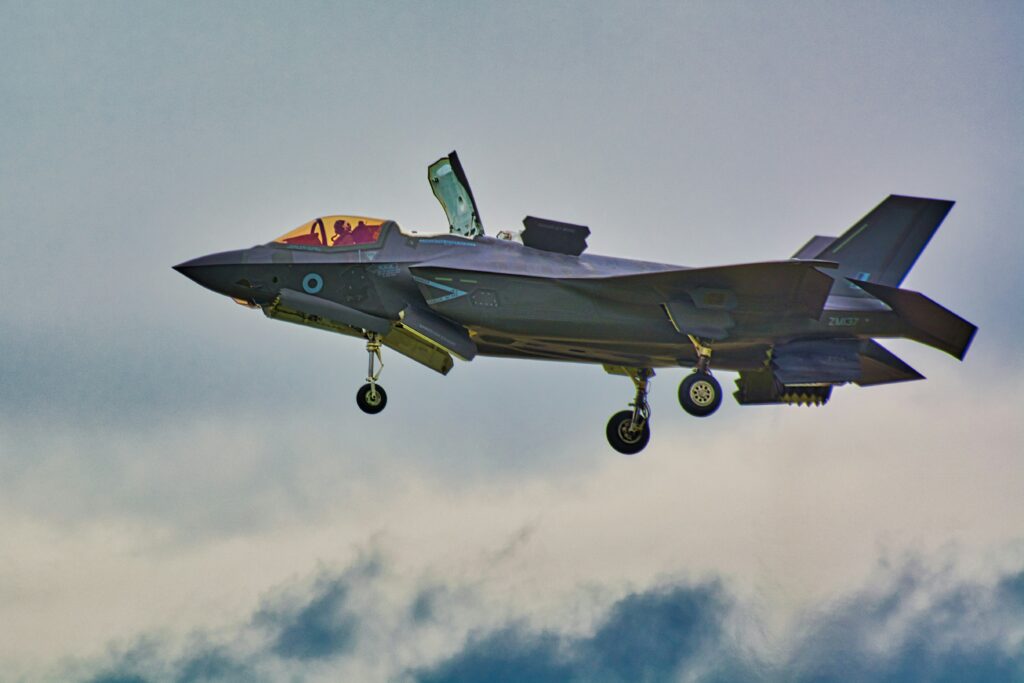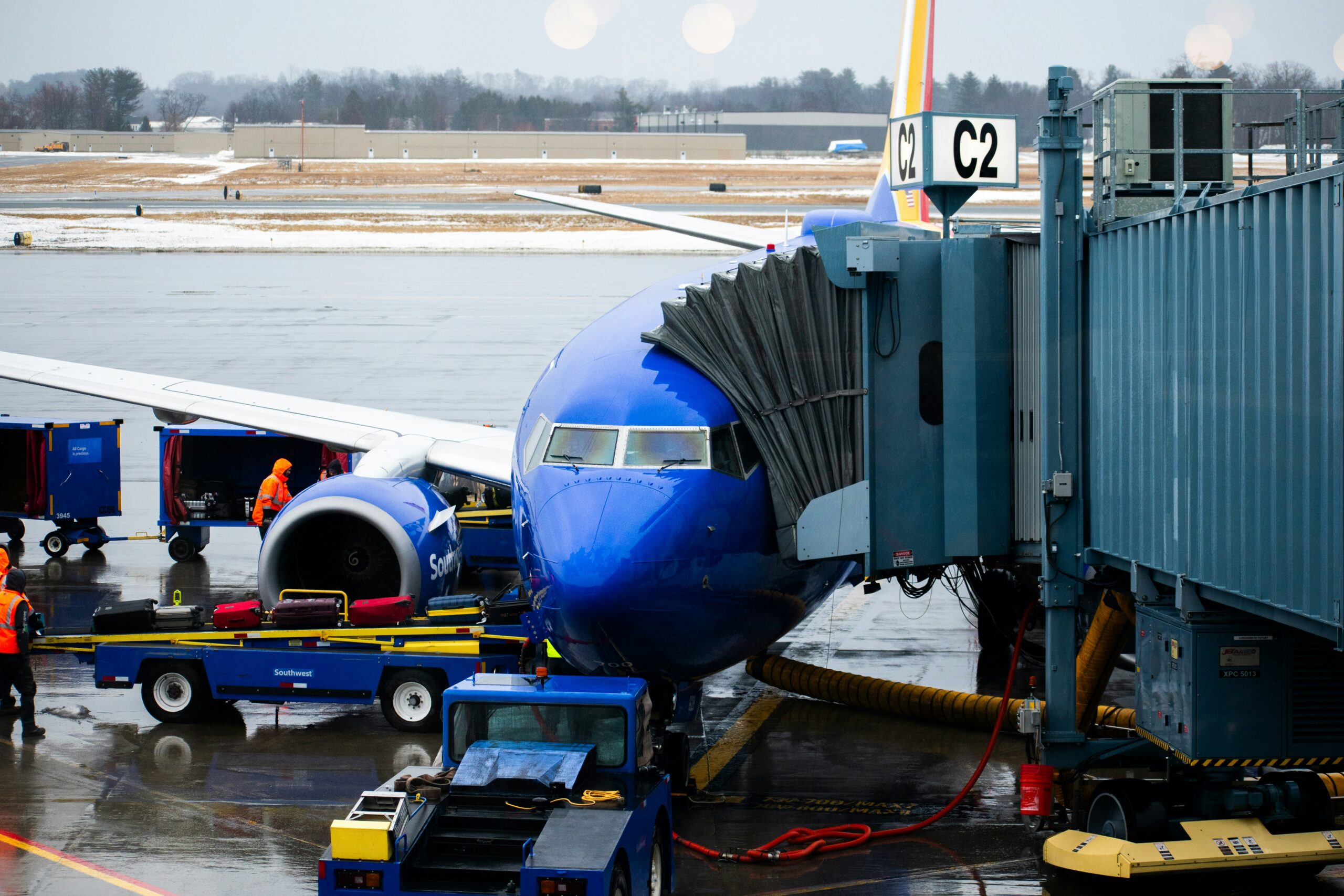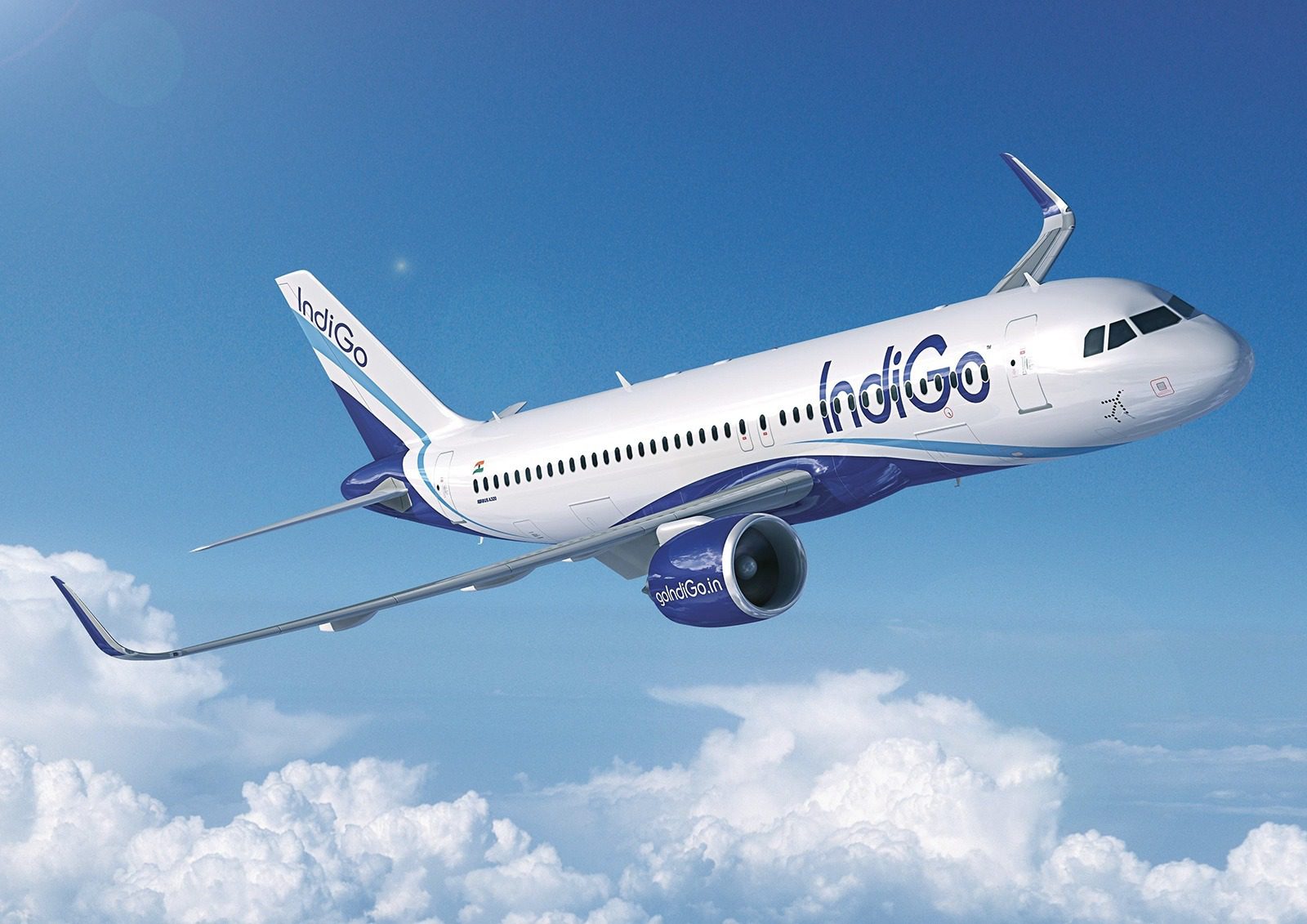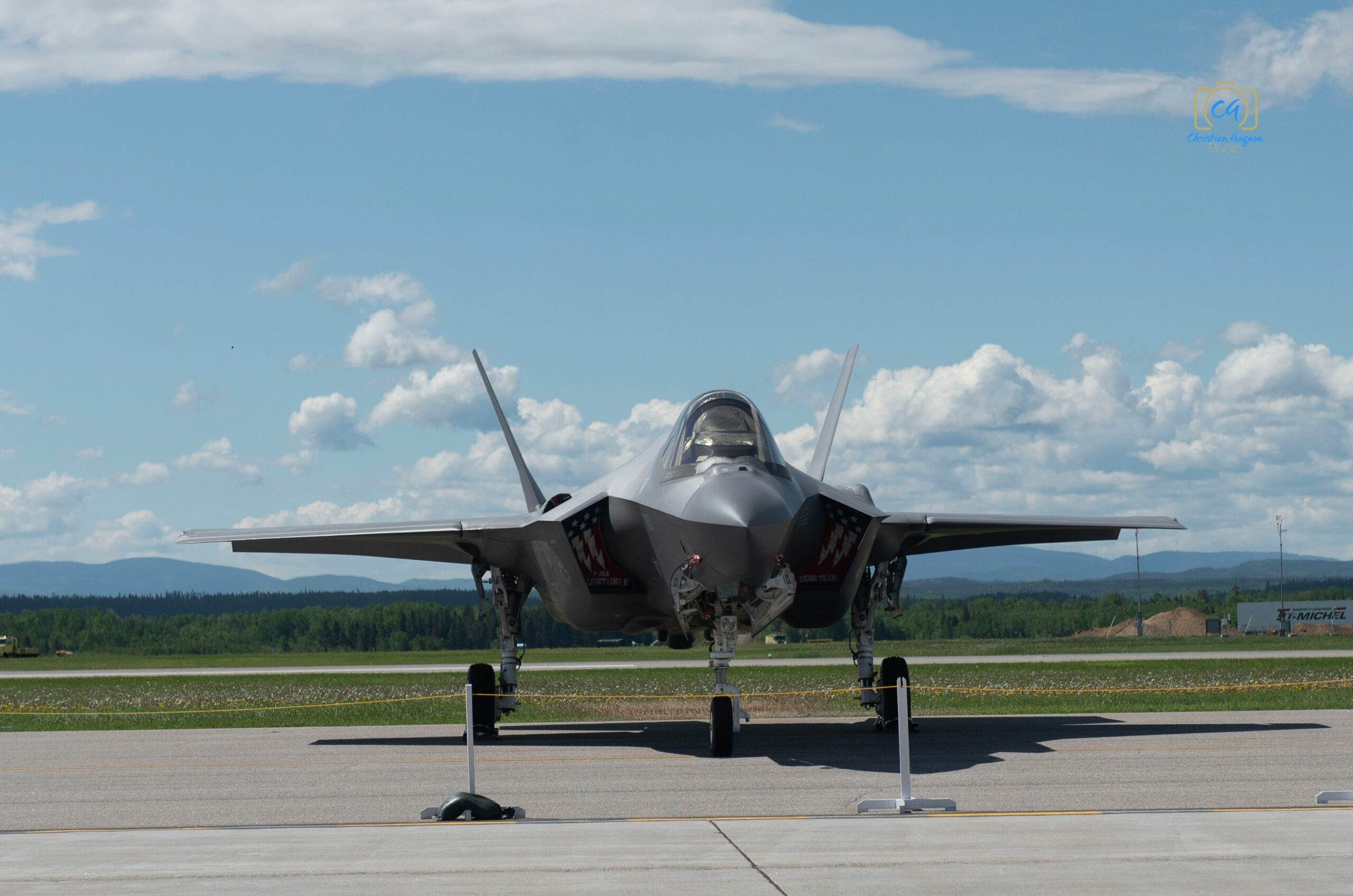US to Provide F-35 Fighter Jets to India as Modi-Trump Discuss Deeper Strategic Partnership
Updated on February 14, 2025
During the highly anticipated press conference between Indian Prime Minister Narendra Modi and U.S. President Donald Trump, significant announcements were made regarding the strengthening of bilateral ties between the two nations. One of the key highlights of the discussion was the U.S.’s decision to sell F-35 stealth fighter jets to India, marking a milestone in defense cooperation between the two countries.
This deal, which has been in the works for some time, emphasizes the deepening of India-U.S. relations, particularly in terms of defense and security. The F-35 fighter jets, known for their cutting-edge stealth technology and advanced capabilities, are considered a game-changer in modern warfare, enhancing India’s defense preparedness against regional threats.
In addition to defense cooperation, both leaders also expressed their commitment to expanding collaboration in other sectors, including trade, technology, and counterterrorism. Prime Minister Modi highlighted India’s readiness to engage more deeply with the U.S. on a variety of strategic fronts, signaling a shared interest in maintaining regional stability and combating global challenges.
The discussions also focused on increasing economic exchanges between the two countries, with President Trump underscoring the importance of trade deals that benefit both nations. India, being one of the fastest-growing economies in the world, is seen as a vital partner for the U.S. in the Indo-Pacific region.
This enhanced partnership between India and the U.S. not only strengthens bilateral relations but also sends a strong signal of cooperation in the face of evolving global security dynamics. With the inclusion of the F-35 jets, both nations are poised for a deeper, more strategic collaboration that could have lasting implications for global defense and geopolitics.
As India prepares for the arrival of these advanced fighter jets, the focus is now on implementing the terms of the deal and ensuring that both countries benefit from the shared security objectives. The collaboration between Modi and Trump sets a promising tone for the future, with expectations of more partnerships across various domains in the years ahead.
F-35 Aircraft: The Next Generation of Stealth Fighter Jets

The F-35 Lightning II is a family of single-seat, single-engine, all-weather stealth multirole fighters developed by Lockheed Martin for the United States and allied nations. It is designed to perform a wide range of combat missions, including air superiority, ground attack, close air support, and intelligence gathering. With its cutting-edge technology, advanced stealth capabilities, and versatility, the F-35 is set to redefine modern air warfare.
Here’s a detailed look at the F-35 aircraft:
Variants of the F-35
The F-35 family consists of three distinct variants, each designed to meet specific operational needs:
- F-35A (Conventional Takeoff and Landing – CTOL)
- The F-35A is the standard model, designed for conventional takeoff and landing. It is the most common variant and is intended for use by the U.S. Air Force and allied air forces.
- Key Features:
- Ability to operate from traditional airbases.
- Equipped with an internal weapons bay to maintain stealth capabilities.
- Advanced avionics and mission systems.
- F-35B (Short Takeoff and Vertical Landing – STOVL)
- The F-35B is capable of short takeoffs and vertical landings, making it suitable for use on smaller aircraft carriers or amphibious assault ships, and from short airstrips.
- Key Features:
- Vertical lift fan and rotating nozzle for vertical takeoff and landing.
- Primarily used by the U.S. Marine Corps, U.K. Royal Navy, and other allied forces.
- Versatility in operational environments, including confined spaces.
- F-35C (Carrier-Based – CTOL)
- The F-35C is specifically designed for aircraft carrier operations, featuring larger wings, enhanced landing gear, and tailhook for arrested landings.
- Key Features:
- Built to withstand the stresses of carrier-based operations.
- Larger wings for better fuel efficiency and carrier landing capabilities.
- Enhanced landing gear for arrested landings and catapult launches.
Key Features and Capabilities of the F-35
- Stealth Technology
- The F-35 is designed with advanced stealth features that make it less detectable to enemy radar. Its angular design, composite materials, and advanced coatings reduce its radar cross-section (RCS).
- The low observability of the F-35 enables it to operate undetected in hostile environments, making it a powerful asset for both offense and defense operations.
- Advanced Avionics and Sensor Fusion
- The F-35 features sensor fusion, integrating data from various onboard sensors, including radar, infrared sensors, and electronic warfare systems. This allows the pilot to have a comprehensive, real-time picture of the battlefield.
- Its AN/APG-81 radar is highly capable, with the ability to track multiple targets simultaneously and penetrate through enemy jamming and countermeasures.
- The Distributed Aperture System (DAS) provides 360-degree situational awareness, allowing the pilot to detect incoming threats, such as missiles or aircraft, from any direction.
- Weapons and Payload
- The F-35 can carry a variety of advanced weapons, both internally and externally. Its internal weapons bay preserves stealth, while external pylons can be used for additional munitions if stealth is not a priority.
- It can carry precision-guided bombs, air-to-air missiles, air-to-ground missiles, and more. The F-35 is compatible with the Joint Strike Missile (JSM) and GBU-31 JDAM for a wide range of strike missions.
- Advanced Cockpit and Pilot Interface
- The F-35 cockpit is designed with a glass canopy and a digital touch screen for a more intuitive user interface. The pilot is equipped with a Helmet Mounted Display System (HMDS), which projects key flight information directly onto the visor, providing crucial data while maintaining situational awareness.
- The pilot can also interact with the jet’s systems via voice commands, making it easier to control various systems during complex missions.
- Multirole Capabilities
- The F-35 is designed to be a multirole aircraft, meaning it can perform a variety of missions with superior effectiveness. Whether it’s engaging in air superiority, precision strike missions, close air support, or intelligence, surveillance, and reconnaissance (ISR), the F-35 is adaptable to meet various operational requirements.
Performance and Specifications
- Top Speed: Mach 1.6 (about 1,200 mph or 1,930 km/h)
- Range: Approximately 1,380 miles (2,220 km) for the F-35A, and up to 2,380 miles (3,800 km) with external fuel tanks.
- Service Ceiling: 50,000 feet (15,240 meters)
- Max Takeoff Weight: 70,000 pounds (31,751 kg)
- Length: 51.4 feet (15.7 meters) for the F-35A variant.
- Wingspan: 35 feet (10.7 meters) for the F-35A variant.
Global Impact and Future Role
The F-35 program is not just a game-changer for the U.S. military but also for numerous allied nations. Countries like the United Kingdom, Israel, Japan, South Korea, and Australia have already acquired or are in the process of acquiring F-35s, with more countries expected to join the program in the future.
The F-35’s capabilities give its operators a significant edge over adversaries, particularly in contested environments where air superiority and stealth are critical. Its advanced technologies, combined with versatility and multirole functionality, make it a cornerstone of modern defense strategies.
In the coming years, the F-35 is expected to play a pivotal role in shaping global military operations, contributing to both conventional and unconventional warfare strategies.
Conclusion
The F-35 Lightning II represents the future of air combat, blending advanced stealth technology, superior avionics, and unmatched versatility. With its numerous variants, the F-35 is designed to address a wide array of operational needs across different environments, making it a formidable force in modern warfare. As nations continue to acquire and integrate the F-35 into their fleets, its strategic significance is poised to grow, ensuring air dominance and enhanced global security.
A passionate explorer and storyteller at heart, the author of TrendyTravelNews.com brings you the latest travel trends, destination guides, and insider tips from around the globe. From hidden gems to headline destinations, they’re on a mission to make your travel experiences smarter, richer, and more memorable.
Read Next
Discover more from Trendytravelnews
Subscribe to get the latest posts sent to your email.










